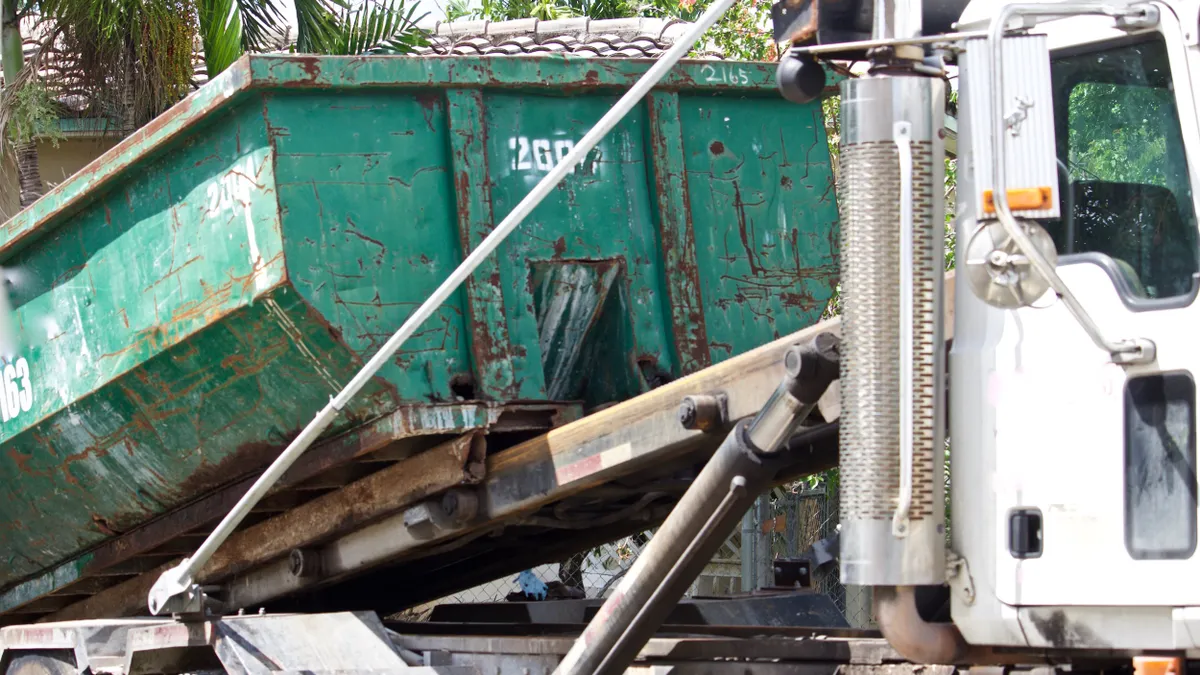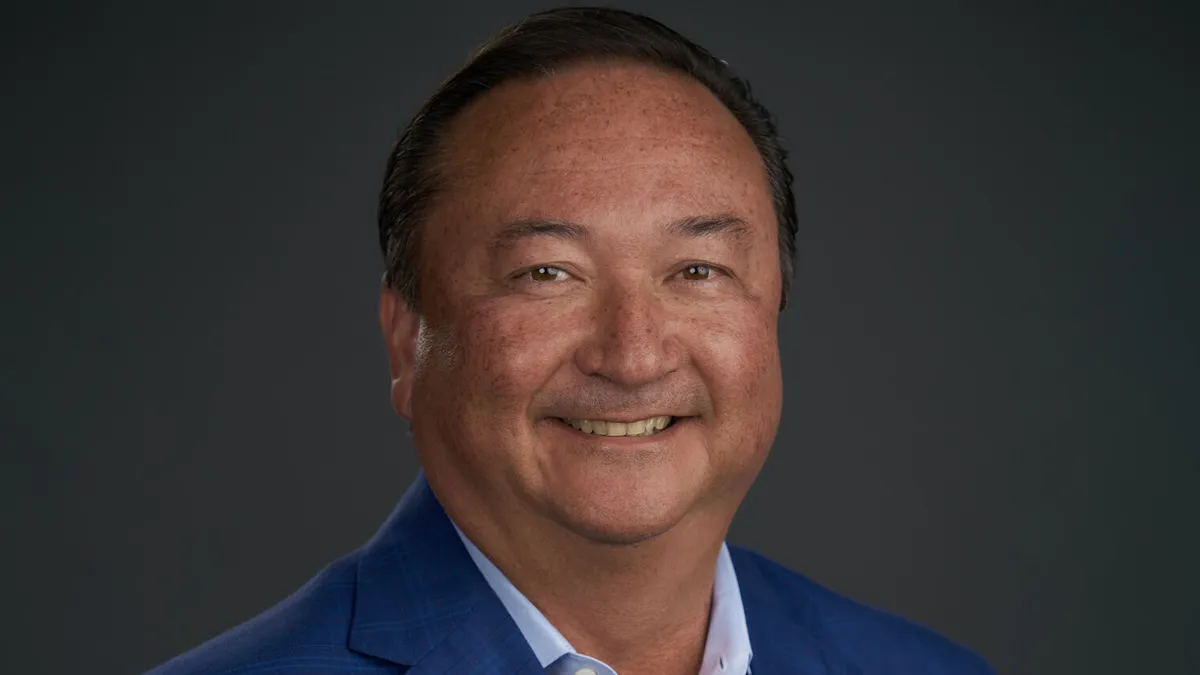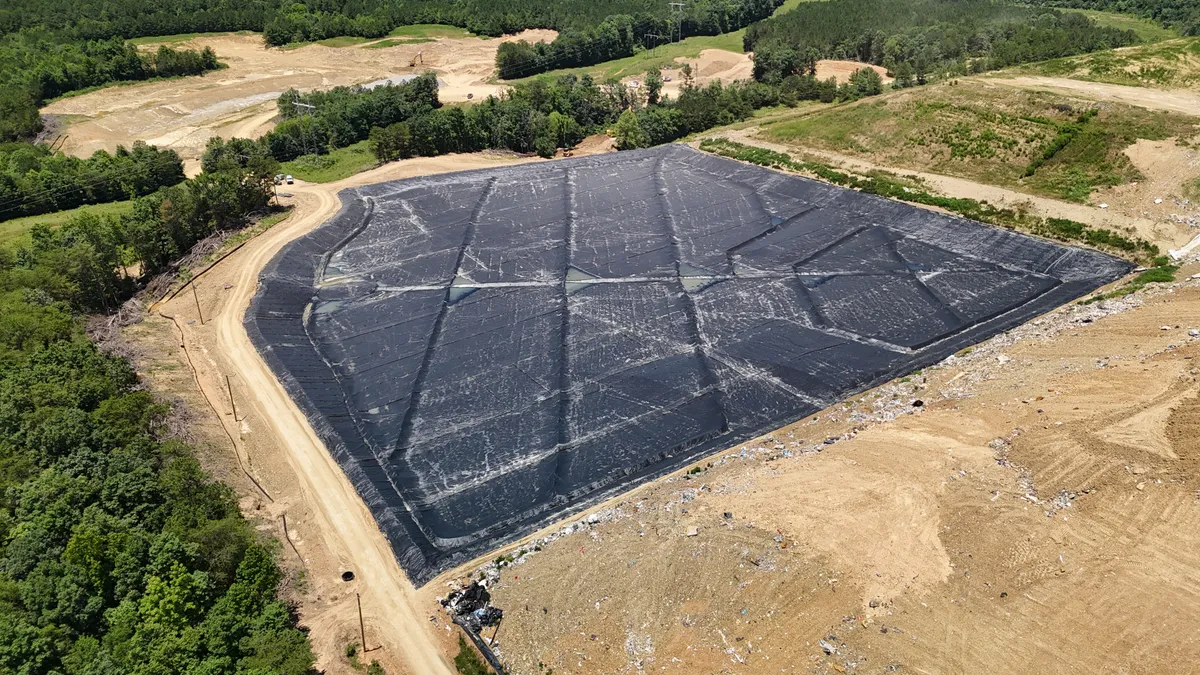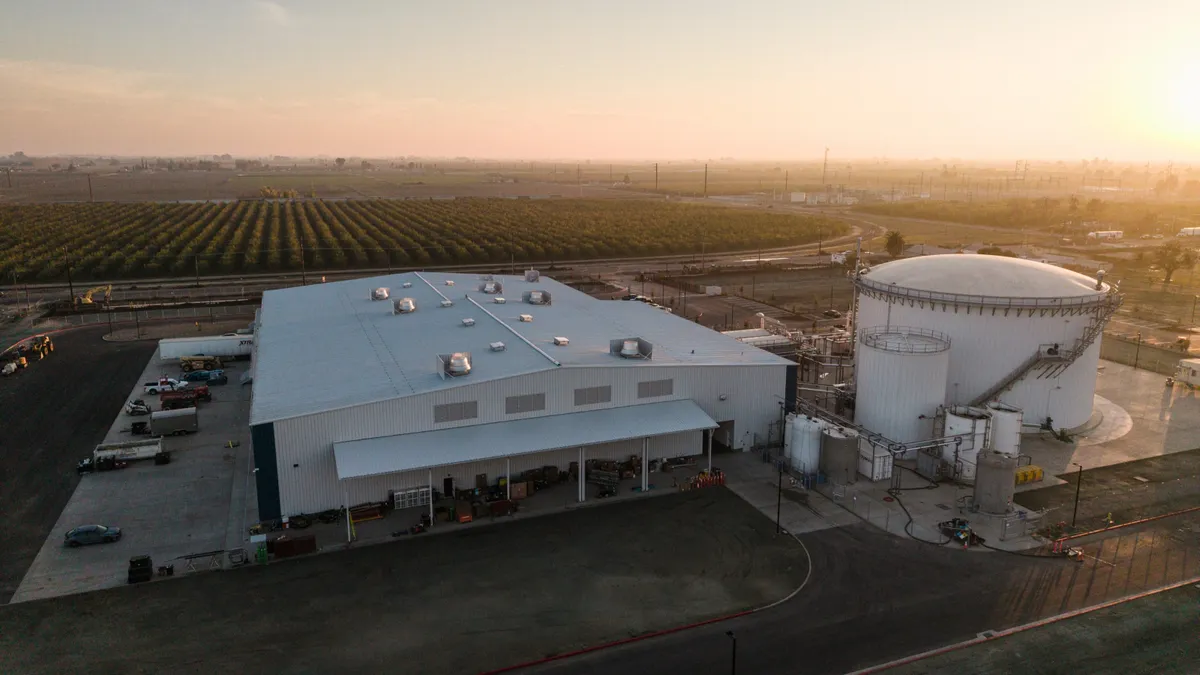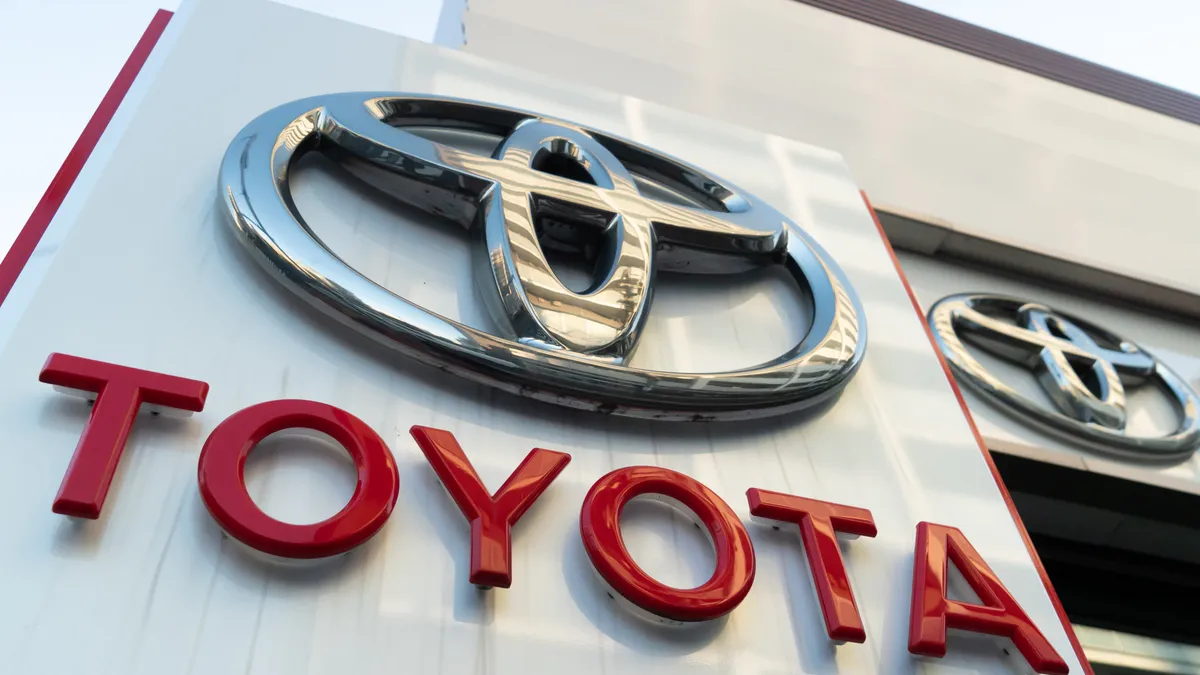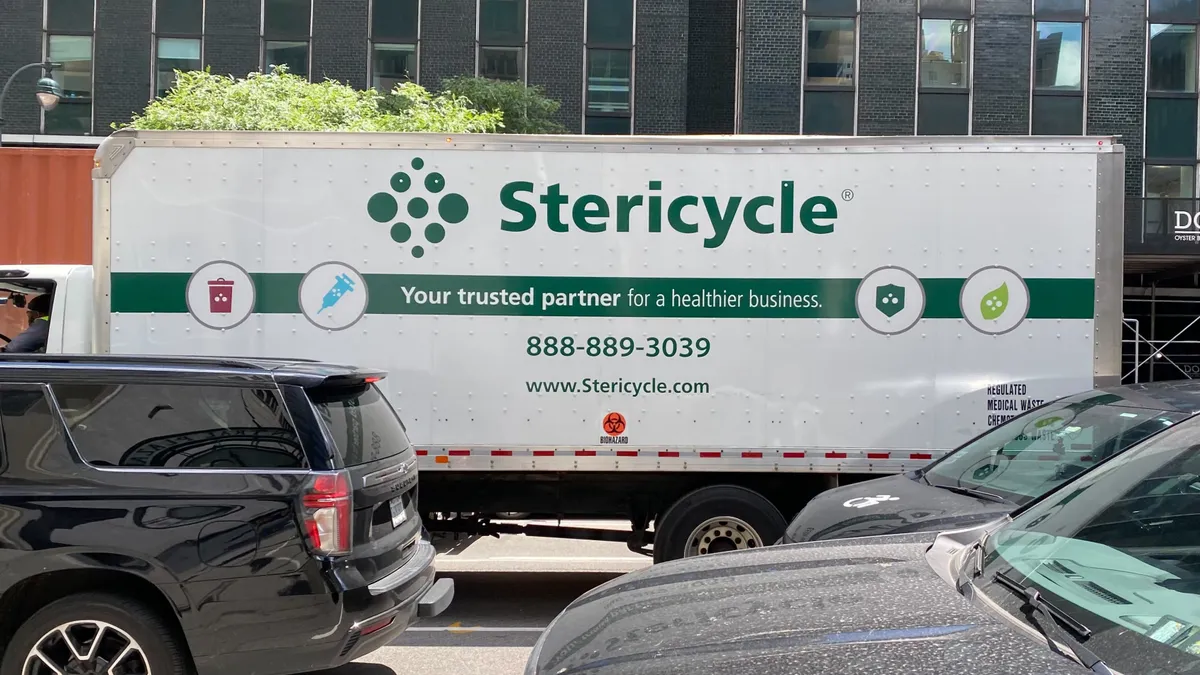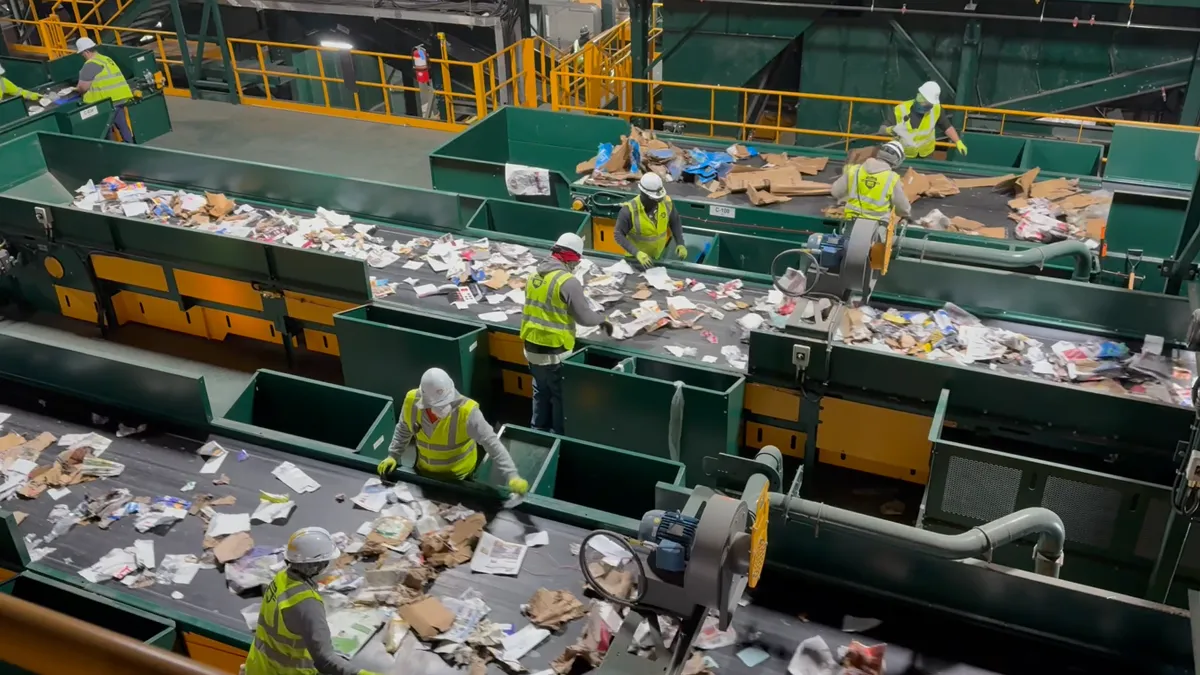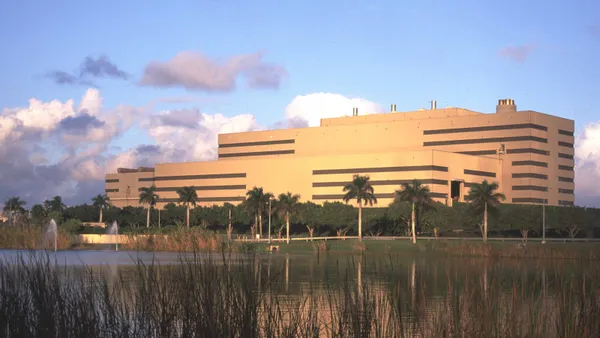The market for third-party waste and recycling service providers is always evolving, with an increasing focus on technology as a competitive edge. Waste Harmonics is among multiple growing companies in the space.
The New York-based company, launched in 2001, has accelerated that growth since a 2019 recapitalization by private equity firm Arcapita. Since then, it has completed multiple acquisitions, including companies such as the Talismark Group, Contelligent and Meridian Alliance Partners. It now offers technologies for customers to track their service and diversion progress, as well as sensors to track fullness levels in bins and compactors.
As of 2022, the company reported servicing over 25,000 locations in North America — with a focus on clients that have anywhere from 20 to 5,000-plus locations. Its recent acquisition of North Carolina-based New Market Waste Solutions, a similar company, is opening up access to new verticals such as manufacturing, along with other opportunities.
Waste Dive recently spoke with Waste Harmonics CEO Michael Hess about the acquisition, evolving technology offerings, current economic trends and what’s next in the growth plan.
The following interview has been edited for length and clarity.
WASTE DIVE: It sounds like the company already had a connection with New Market because they were using your technology. What made the acquisition attractive, and how is integration going?
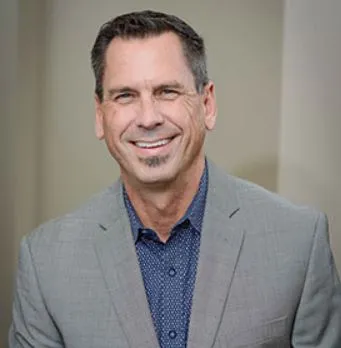
MICHAEL HESS: Rob Ryan and I — the founder of New Market — have known each other for a number of years now, and we've kind of circled around each other. There was certainly, from my perspective, admiration for what he's done and the culture that he's created in the company. It’s, quite frankly, very similar to Waste Harmonics. We have a focus on high-touch customer service and really trying to create efficiencies wherever we can in our managed waste programs, more recently by leveraging technology into those relationships to help us do that.
So pulling the two organizations together in this format made a ton of sense. It allows us to certainly grow our business and get access to a few new verticals that we weren't in previously — which is great — and continue to springboard from what they've started in some of their customer relationships. [The deal will] hopefully give us the ability to expand wallet share in some of those particular pieces of business and potentially create a bit of a better experience for the customers.
We have always relied very heavily on technology, whether that's software or hardware. We've always tried to really be out in front in terms of leveraging that technology across our organization. Not so much to be disruptive, but really to drive innovation, to enhance services, to create efficiencies within the the scope of the waste industry and how it operates.
I think the only difference between the two firms was that technology evolution. We just happen to be a little bit further along than where New Market was. So now we're pulling those customers along and trying to create a better experience for them so that they have more transparent and live data. We've built out a platform for folks to really start to understand where they're spending their money on waste and recycling services, what their diversion rates are, how do we leverage ESG into that in terms of benchmarking and measuring and monitoring an individual program’s GHG profile.
Following the Arcapita deal you laid out a five-year growth plan. Did the pandemic affect those plans at all, and how much bigger has the company gotten since then?
Significantly larger. It's four times larger than it was. We exceeded our five-year growth plans, and we achieved them in three years. COVID actually treated us very well, because we have the diversity in the verticals that we operate in. We had some of our customers that either shut down or scaled way back, and we had others that just went crazy through COVID. Plus, we did an acquisition during that period of time. So 2020 was our single largest growth year ever.
In 2021 things slowed down a little bit. I think folks were a little apprehensive about making big changes. But in 2022, and right now in 2023, I don't think we've ever seen it this active. There's a ton of opportunity. It's a result of the sales organization that we have. Now, leveraging these last couple of acquisitions — including New Market — it's accelerating our growth organically. Our relationship with Arcapita is awesome. I'm sure at some point they'll want to realize their investment, but until that time we're heads down and doing what we need to do.
There are a growing number of tech-driven waste brokers out there, and some of them are quite large. When you’re talking with potential new customers how do you differentiate the company?
We pride ourselves on high-touch, white-glove customer service. We pride ourselves on data analytics, transparency in the relationship. And as a result of having the device and the software technology on the back end, it helps us drive better outcomes. We look at things differently than I would say the vast majority of our competitors.
It takes us a period of time to reeducate folks on how to effectively manage a program to reduce the impact of potential price increases that come through, whether it's for disposal or operating increases from our vendor partners. There are different ways to manage the spend through driving that efficiency that achieves a better, more sustainable outcome for folks.
We're finding that when we engage with folks, they really start to listen to what we have to say. They are allowing us to step into some of these new relationships and really help them accelerate their internal efforts. Now, because we have this reporting platform ... it's just one more part of that value proposition that we have. We get multiple renewals on our customer service agreements and we're attracting new opportunities.
I can think of at least one competitor that picked up their own bin sensor technology through acquisition last year. How much of a selling point is your technology in these conversations?
It's becoming a constant in terms of part of the conversation that we have early on. We have contracts now that we are stepping into and technology is just part of the agreement. We need to install devices, we need to manage services better. In terms of the broader picture, this is about how you more effectively manage these programs, because when you have the visibility out there that's effectively live all the time you can actually see what's happening out on the street and you end up with a better outcome.
Our customers and our prospects want to make sure that they are only paying for the service that they need. They don't want to be over-serviced. They don't mind if they have to increase services in certain scenarios, as long as they have something to back it up and say, “this is warranted based on the data that we found using device technology.” So it's absolutely resonating and I see it continuing. We have a very large production run going on right now for additional devices. Our expectation is, during early 2024, we'll be somewhere around 100,000 devices out on the street.
There has been a lot of talk about a possible economic slowdown. Are you seeing any signs of softening demand in certain segments?
We've seen pockets of slowdowns, but nothing significant. No matter what, everybody's generating trash and recyclables. It's going to be there. It's just a matter of what that volume is. But from our perspective, having that technology deployed in the field allows us to ensure that if our customers are seeing a reduction in their business that the services that are being provided are appropriately adjusted as well.
Looking ahead over the next couple years, what should we expect from the company? Are there more acquisitions planned?
We're always looking for new opportunities, both from an M&A perspective but also from organic growth. We believe we're at this inflection point, this part of a flywheel where it's starting to really spin the way we want it to and generate a lot more interest in our organization.
We always stick to our knitting, we don't step too far outside of what our core competencies are. We want to make sure that we deliver the right outcomes for folks and they continue to be satisfied with the services that we're providing. At its most basic level, if the company continues to grow — both organically and through some acquisitions — it shows that we've got a good model and it's resonating.







